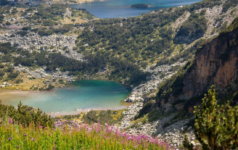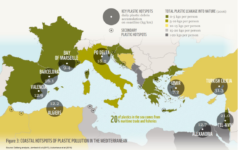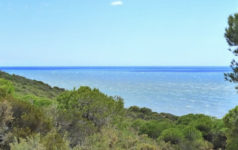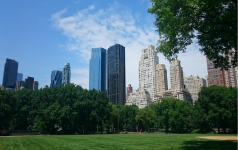Dalberg uses cookies and related technologies to improve the way the site functions. A cookie is a text file that is stored on your device. We use these text files for functionality such as to analyze our traffic or to personalize content. You can easily control how we use cookies on your device by adjusting the settings below, and you may also change those settings at any time by visiting our privacy policy page.
Natural world heritage sites as drivers of sustainable development.
Natural world heritage sites provide important economic, social and environmental benefits to people. these sites are recognized internationally for their outstanding universal value as places with “significance which is so exceptional as to transcend national boundaries and to be of common importance for present and future generations of all humanity.”
Natural World Heritage sites exemplify some of the world’s greatest areas of natural beauty, geology, ecology and biodiversity, and include many iconic natural landscapes such as the Galápagos Islands, Mount Kilimanjaro and the Grand Canyon. They provide vital resources for rural communities, including food and fuel. Further, two-thirds of natural World Heritage sites are considered important for the provision of water,
and over half provide soil stabilization, flood prevention and carbon sequestration services.
World Heritage sites also make a considerable contribution to national economies through tourism, recreation and the export of resources, and over 90 per cent of natural World Heritage sites provide jobs. As part of a broader network of protected areas, natural World Heritage sites support some of the most valuable ecosystems on the planet, and their challenges and successes are representative of
these broader protected areas.
Almost half of all natural World Heritage sites, and their outstanding universal value, are threatened by harmful industrial activities.
Because World Heritage sites are located within larger natural spaces, the health of broader ecosystems has substantial impact on their integrity. The outstanding universal value of World Heritage sites and the benefits they provide are dependent upon the areas surrounding them, particularly their buffer zones.
When conducted at a large-scale in or surrounding protected areas, industrial activities can cause substantial, even permanent, damage to those sites, and can affect their ability to provide long-term support for local communities. These harmful activities are often, but not exclusively, conducted by multinational enterprises and their subsidiaries, and include oil and gas exploration and extraction, mining, illegal logging, construction of large-scale infrastructure, overfishing and unsustainable water use.
Eleven million people, equivalent to the population of Portugal, depend on these sites and could be affected negatively by the impacts of of harmful industrial activities. Over one million of these people live within the boundaries of World Heritage sites, and the remaining ten million people live in designated buffer zones or in nearby towns and villages. These residents depend on the sites for their homes, subsistence living, jobs, or ecosystem services including climate regulation and flood prevention. Harmful industrial activities, which degrade the environment, compromise the ability of World Heritage sites to provide economic social and environmental benefit that are vital for the well-being of these people.








